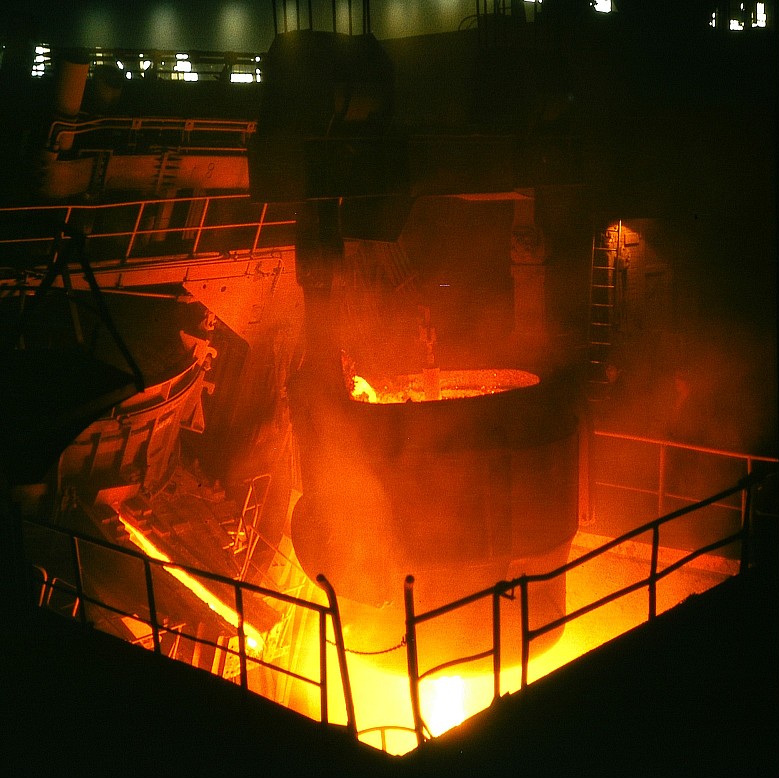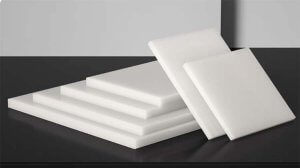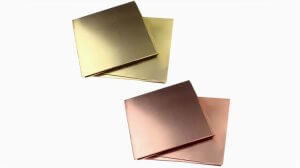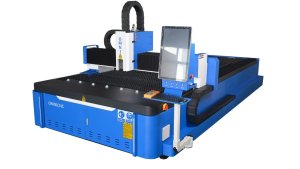Classification and Grades of Industrial Steel
Steel Classification
In the steel industry, there are several ways to classify steel. The first is by carbon content:
- Low Carbon Steel: Carbon content ≤ 0.25%
- Medium Carbon Steel: Carbon content between 0.25% and 0.60%
- High Carbon Steel: Carbon content ≥ 0.60%
Additionally, steel can be classified by metallurgical quality into ordinary steel, high-quality steel, high-grade high-quality steel, and super high-grade high-quality steel. According to the degree of deoxidation, steel can be divided into rimmed steel, semi-killed steel, killed steel, and special killed steel. The most practical classification is by use, composition, performance, and heat treatment characteristics.
Steel Grades
Steel grades can be identified mainly in two ways:
- Mechanical Properties: For example, Q235-A·F, commonly abbreviated as Q235.
- Chemical Composition: For instance, 45 steel indicates a carbon content of 0.45%.
This method of classification and identification makes recognizing steel straightforward and practical.
Structural Steel
Structural steel is used for structural components, including engineering structures (such as building frames, bridges, vehicles, etc.) and machine parts (such as gears, bolts, shafts, etc.). It can be further divided into carbon structural steel, low-alloy high-strength steel, and high-quality carbon structural steel based on its composition and properties.
Carbon Structural Steel
Carbon structural steel is generally used for profile materials (bars, plates, section steel), ensuring mechanical properties. A typical grade is Q235.
Low-Alloy High-Strength Steel
By adding small amounts of alloying elements (such as Nb, V, etc.), the steel is strengthened and is suitable for important engineering structures. Typical grades include Q295 and Q420.
Tool Steel, Stainless Steel, and Heat-Resistant Steel
Tool Steel
Tool steel is used to make cutting tools and molds, characterized by high hardness, high wear resistance, and high thermal hardness. A typical tool steel like high-speed steel W6Mo5Cr4V2 is often used to make high-performance tools.
Stainless Steel
Stainless steel has excellent corrosion resistance and is commonly used for parts working in corrosive environments. A typical austenitic stainless steel is 1Cr18Ni9Ti.
Heat-Resistant Steel
Heat-resistant steel is used for components working in high-temperature environments, possessing high-temperature strength and oxidation resistance. A typical heat-resistant steel includes Cr, Ni, Si, Mo alloy steels.
Cast Iron
Cast iron is an iron alloy with a carbon content exceeding 2.11%. This section mainly introduces graphitized cast iron.
Main Types and Characteristics of Cast Iron
Gray Cast Iron
Gray cast iron has excellent casting performance and is commonly used for complex-shaped parts and components under low stress. A typical grade is HT200.
Malleable Cast Iron
By annealing treatment, white cast iron is converted into malleable cast iron with nodular graphite. Its performance is superior to gray cast iron but involves a more complex process. A typical grade is KTH350-10.
Ductile Cast Iron
Ductile cast iron has excellent mechanical properties and can replace steel in making parts under moderate impact loads. A typical grade is QT450-10.
Heat Treatment of Cast Iron
The heat treatment of cast iron includes graphitizing annealing, stress-relieving annealing, normalizing, and quenching and tempering, mainly to improve the properties of castings.
Non-Ferrous Metals and Their Alloys
Aluminum and Aluminum Alloys
Aluminum and its alloys are widely used for lightweight structural components, especially in the aerospace industry, due to their high strength-to-weight ratio, excellent physical and chemical properties, and good workability.
Classification of Aluminum Alloys
- Wrought Aluminum Alloys: Such as rust-proof aluminum and hard aluminum, suitable for pressure processing.
- Cast Aluminum Alloys: With good casting performance, used to make complex-shaped parts.
Copper and Copper Alloys
Copper and its alloys have good electrical and thermal conductivity and corrosion resistance, commonly used in electrical, mechanical manufacturing, and chemical equipment.
Brass
Brass is a copper-zinc alloy, which can be divided into ordinary brass and special brass based on composition. It has good corrosion resistance and workability.
Bronze
Bronze mainly consists of copper-tin alloys, characterized by excellent wear resistance and corrosion resistance, commonly used to make sliding bearings and worm gears.
Different Types of Steel and Their Typical Grades
| Steel Type | Typical Grade | Characteristics |
|---|---|---|
| Carbon Structural Steel | Q235 | Used for general-purpose profile materials |
| Low-Alloy High-Strength Steel | Q295, Q420 | Important engineering structures, reduces weight and cost |
| Tool Steel | W6Mo5Cr4V2 | High hardness, high wear resistance, high thermal hardness |
| Stainless Steel | 1Cr18Ni9Ti | Excellent corrosion resistance, used in corrosive environments |
| Ductile Cast Iron | QT450-10 | Excellent mechanical properties, can replace steel |
| Cast Aluminum Alloy | ZL101 | Good casting performance, used to make complex parts |
| Brass | H96 | Good corrosion resistance and workability |
| Bronze | Sn9%~11% | Excellent wear resistance and corrosion resistance, used for sliding bearings and worm gears |
Through the introduction of the common metal materials and their properties, you should now have a deeper understanding of the applications and selection of various metal materials. I hope this knowledge helps you make better material choices in practical applications.
Other Articles You Might Enjoy
- Common Materials and Processability of Mechanical Parts
Mechanical parts are indispensable components in various machines and equipment. To ensure these parts operate efficiently under different working conditions, it is essential to understand the common materials used for…
- The Ultimate Guide to Sheet Metal Materials: Aluminum vs. Galvanized Steel
Introduction: A Brief Overview of Sheet Metal Materials in Manufacturing In the wide world of manufacturing, sheet metal materials play a pivotal role. They serve as critical components in various…
- Types of Stainless Steel and Stainless Steel Grades
Stainless steel, renowned for its corrosion resistance, is a vital material in various industries, from construction to culinary tools. This article delves into the types of stainless steel and their…
- Title: Galvanized Steel: Process, Methods, Properties, and Uses
Introduction: Galvanized steel, an innovation in the world of construction and manufacturing, represents a pinnacle in material engineering. It's a process where steel is coated with a protective layer of…
- Powder Metallurgy Materials: Stainless Steel vs. Cobalt Chrome
Introduction to Powder Metallurgy Materials Powder metallurgy materials play a vital role in various industrial sectors. Predominantly used for the manufacture of tools, these materials are compacted into solid parts…
- What Material Properties Need to Be Considered When CNC Machining Stainless Steel Flanges?
The CNC machining of stainless steel flanges requires a profound understanding of the material's properties to ensure high-quality, precision outcomes. This article delves into the critical material properties that impact…









